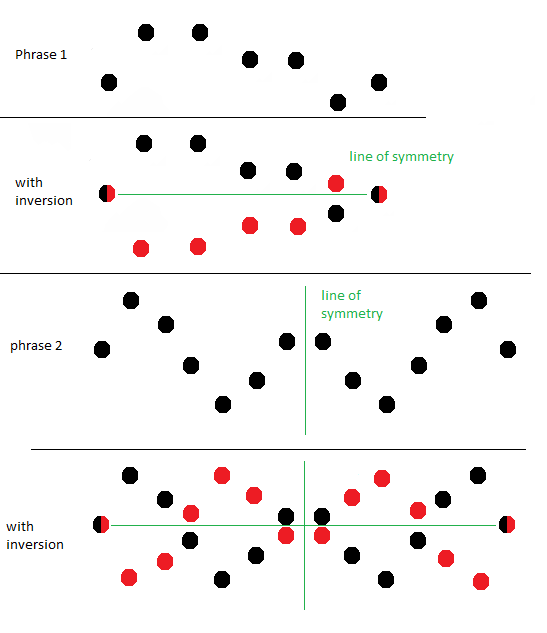Pentecost
“What is this? Now there is something one can learn from!” That’s a huge compliment, especially as it was uttered by the arrogant Mozart when he heard the music of J. S. Bach.
The six motets of Johann Sebastian Bach are beautiful beyond measure, perfectly composed, and fiendishly difficult to sing. “Der Geist hilf unser Schwachheit auf” (The Spirit gives aid to our weakness) was composed for a funeral, but the text is equally perfect for the Christian day of Pentecost – the day the Holy Spirit descended upon the disciples and the birthday of the Church. The piece begins with the double-chorus singing back and forth to each other, like the biblical “rush of wind” that occurred on the first Pentecost. A fugue follows, as a sort of response to the fiery opening section – listen for the constant hissing of different s’s, again, giving the effect of rushing wind, or perhaps speaking in tongues. The motet closes with a sweet setting of a hymn which Martin Luther wrote for Pentecost, and would have been well known by any 18th century German Protestant.
0:00 – double-chorus singing in dialogue
The Spirit gives aid to our weakness, for we know not what we should pray for as we ought; but the Spirit itself makes intercession for us with groanings which cannot be uttered.
Now help us, joyful and content
To bide forever in thy service,
That sadness may not cast us out.
O Lord, through thy might us prepare;
Make strong the weakness of our flesh,
That we here gallantly may strive
Through death and life to reach thy presence.
Hallelujah, hallelujah.


Recent Comments